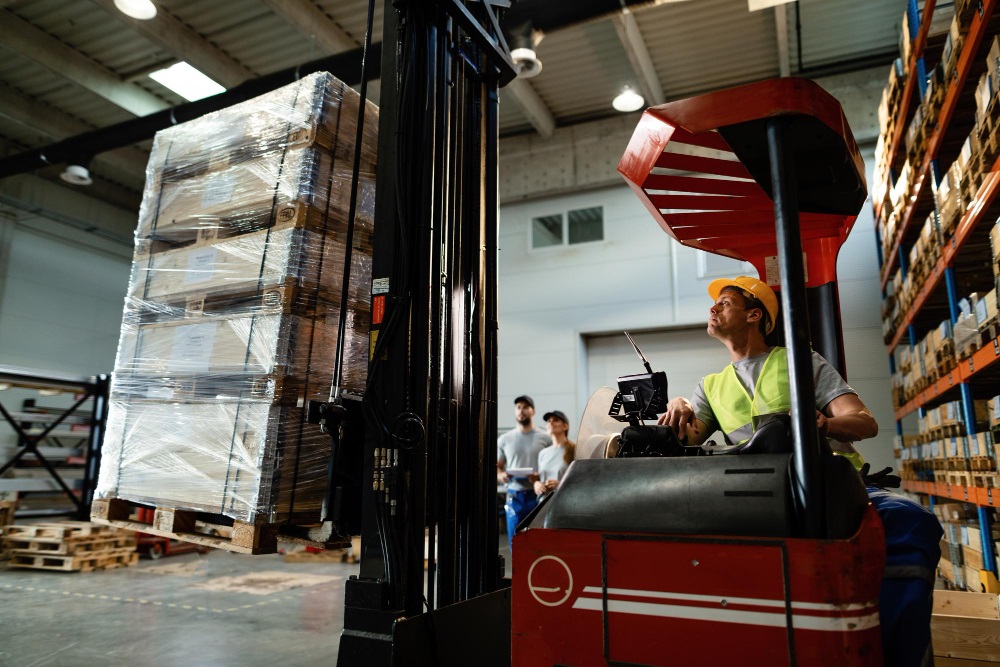
Table of Contents
Bulk load operations are the backbone of industries that rely on moving large quantities of materials-whether it’s agriculture, manufacturing, construction, or logistics. But while moving more can mean making more, it also opens the door to increased risks, delays, and inefficiencies. Optimizing these operations isn’t just a “nice to have”-it’s mission-critical. In this article, we’ll explore proven strategies to improve safety and efficiency across bulk handling environments. From equipment upgrades to process improvements, these techniques are backed by real-world applications and trusted by industry leaders.
Understanding the Bottlenecks

Every workflow has its choke points. In bulk load operations, the most common ones include:
- Delays in equipment loading or unloading
- Material spillage and waste
- Inadequate scheduling or coordination
- Poor communication between teams
These bottlenecks don’t just slow things down-they increase operational costs and the risk of injury. Identifying them early is the first step toward building a leaner, more responsive system.
Choosing the Right Equipment for the Job

Not all bulk handling equipment is created equal. The right gear can make the difference between a seamless transfer and a frustrating mess.
For example, self-dumping hoppers reduce human labor and help contain material more effectively during transfer. Similarly, hydraulic lift tables, conveyor systems, and custom steel products improve throughput while keeping safety a priority.
If you’re working in heavy-duty environments, using high-quality, American-made solutions from companies like Iron Bull Manufacturing can offer both durability and customization. They provide equipment built to last, and more importantly, built to handle real workloads.
Equipment doesn’t need to be new-it just needs to be right for your needs. Matching capacity with demand is more critical than simply upgrading.
Implementing Standard Operating Procedures (SOPs)

It’s surprising how often bulk load operations run without formalized processes. SOPs may not seem glamorous, but they’re the backbone of safe, consistent performance.
Document each step-from the arrival of raw materials to final delivery or storage. Assign roles. Detail safety checks. Train your teams on updates.
Standardization helps teams respond faster in emergencies and prevents costly mistakes. More importantly, it brings every team member onto the same page, eliminating dangerous guesswork.
According to the Occupational Safety and Health Administration (OSHA), clearly written and implemented procedures drastically reduce workplace injuries and operational delays.
Prioritising Load Balancing and Weight Distribution

Efficiency starts with balance. Overloaded equipment or uneven distribution doesn’t just wear out machinery-it creates instability that can cause accidents.
Use weight sensors or smart scales to monitor loads in real time. Align loading practices with manufacturer recommendations. Ensure drivers or equipment operators are trained to detect imbalance before it becomes a problem.
By keeping weights even and within limits, you minimize downtime from breakdowns and improve transport safety.
Training and Empowering the Workforce

Your team is your biggest asset-and often the weakest link if not trained properly.
Proper onboarding, refresher training, and real-time feedback make all the difference. Empower employees to report safety issues without fear of blame. Use visuals and hands-on training for tasks that are too complex for checklists alone.
When employees understand not just how to perform tasks but why they matter, engagement increases. And with it, so does adherence to safe and efficient practices.
Leveraging Automation and Smart Tech

Technology isn’t replacing the workforce-it’s making it smarter. Sensors, data tracking, and automation can reduce reliance on manual checks and improve decision-making.
For instance, automated loading systems can adjust load distribution on the fly. Fleet management software can monitor fuel use, route delays, and delivery times. Even small changes, like digital logs instead of paper, can speed up communication and reduce errors.
When you combine automation with well-trained personnel, you get consistency and control without sacrificing flexibility.
Creating a Culture of Continuous Improvement

Optimizing bulk load operations isn’t a one-time fix-it’s an ongoing process. Encourage teams to regularly review workflows, flag inefficiencies, and propose changes.
Hold monthly reviews. Analyze near misses as seriously as actual incidents. Offer incentives for suggestions that improve operations.
Every workplace can improve-but only if leadership encourages it. Make improvement a daily habit, not a quarterly scramble.
Final Thoughts
Bulk handling doesn’t need to be messy, dangerous, or inefficient. With the right mix of equipment, processes, and people, it becomes a powerful engine that drives profitability and productivity across industries.
Organizations that take time to optimize their operations from smarter equipment choices to embracing automation position themselves for long-term success. And in industries where timing, safety, and precision are everything, that’s a competitive edge you can’t afford to ignore.
Also Read: Why has my Power Tool Stopped Working






























